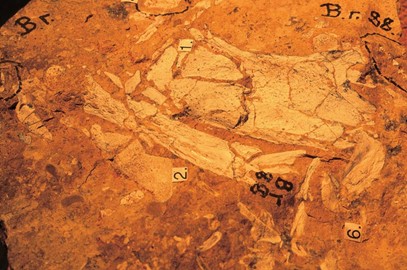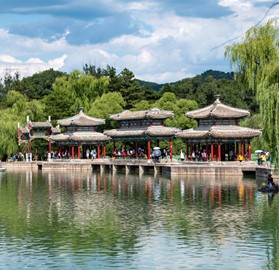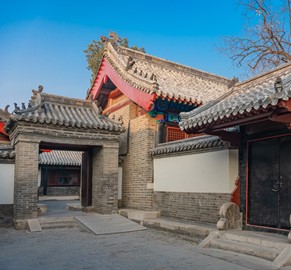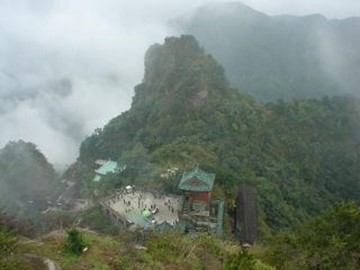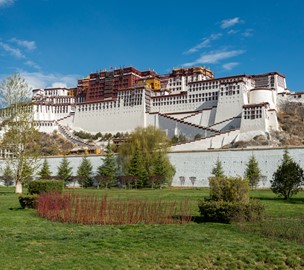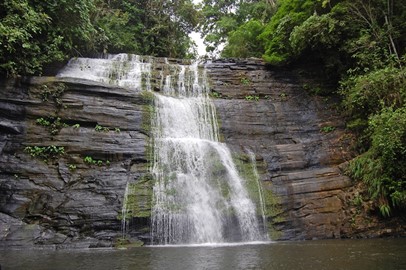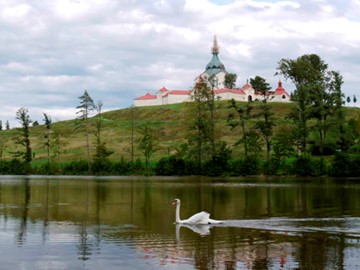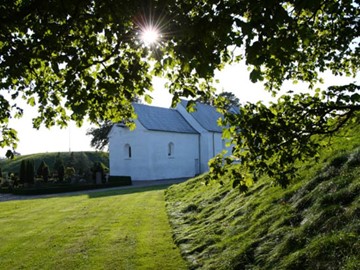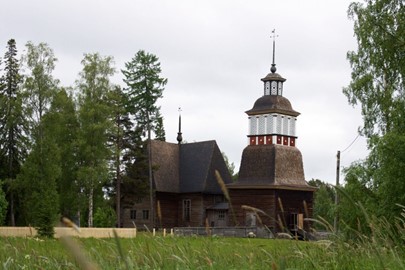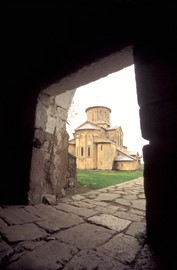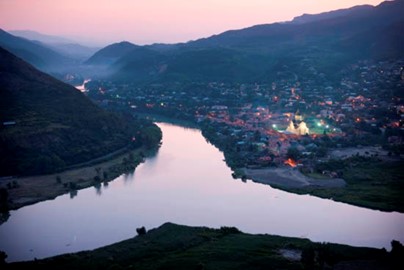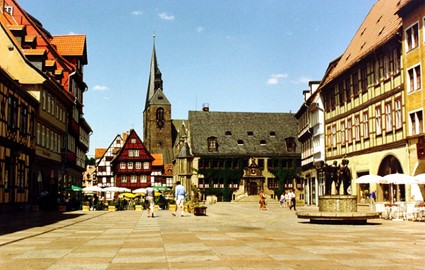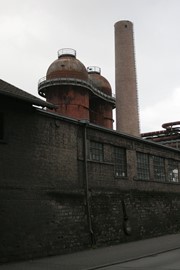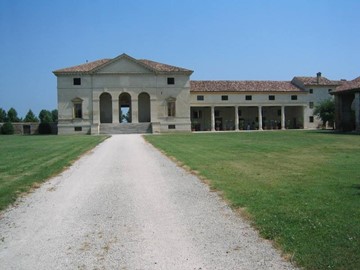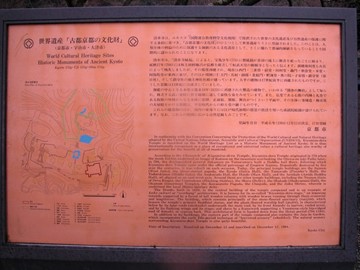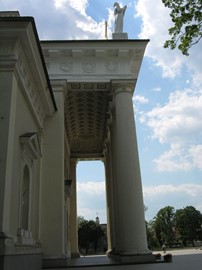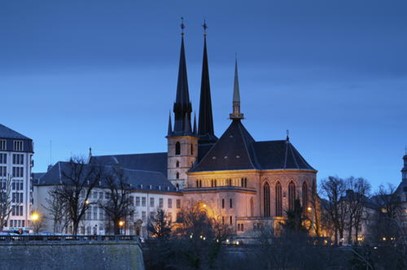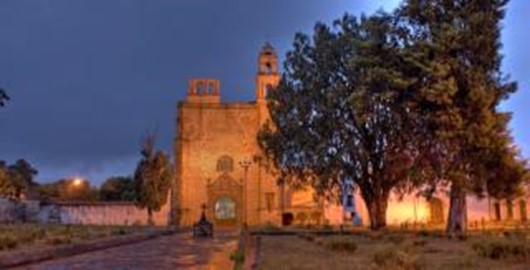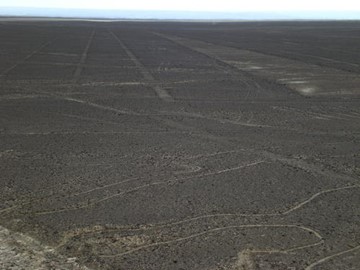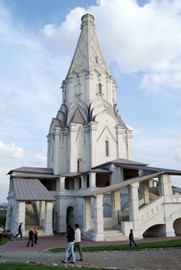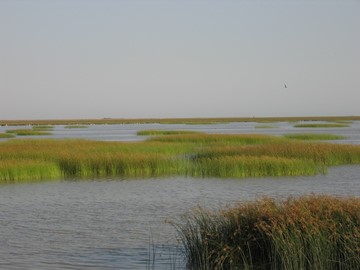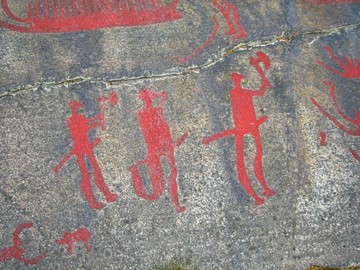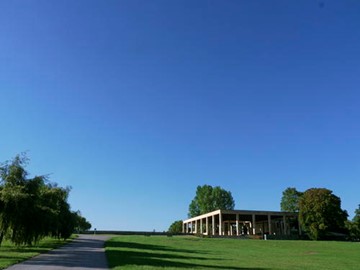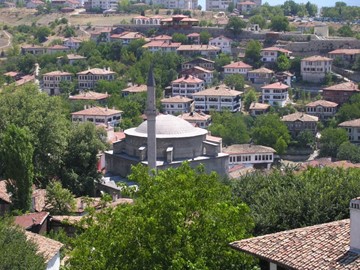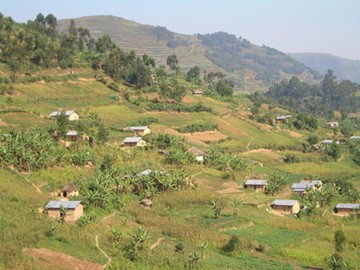year :: 1994
Australian Fossil Mammal Sites
Riversleigh and Naracoorte, the Australian Fossil Mammal Sites, a UNESCO World Heritage site in Australia, safeguard a remarkable collection of ancient fossils showcasing the continent’s prehistoric biodiversity. These sites feature well-preserved remains of extinct megafauna, such as the giant wombat-like diprotodon and the marsupial lion, spanning millions of years. Encased in dramatic limestone formations and desert terrains, they provide critical insights into Australia’s evolutionary past. This invalua... Read More
Mountain Resort, Chengde
The Mountain Resort, a UNESCO World Heritage site in China, is a remarkable imperial retreat known for its harmonious blend of natural landscapes and traditional architecture. Constructed as a summer escape for Qing dynasty emperors, it features elegant palaces, pavilions, and temples set amidst rolling hills, serene lakes, and manicured gardens. This expansive complex showcases intricate design and cultural significance, reflecting the grandeur and sophistication of imperial China while offering a tranquil... Read More
Temple of Confucius in Qufu
The Temple of Confucius, a UNESCO World Heritage site in China, is a historic complex dedicated to the revered philosopher Confucius, embodying centuries of cultural and spiritual significance. Originally built in 478 BCE and expanded over time, it features grand halls, ancient steles, and ornate courtyards that reflect traditional Chinese architectural mastery. As a center for Confucian worship and education, it preserves rituals, artifacts, and teachings, drawing scholars and visitors to honor one of hist... Read More
Wudang Mountains
The Wudang Mountains, a UNESCO World Heritage site in China, are a sacred range celebrated for their Taoist heritage and stunning natural beauty. Home to ancient temples, monasteries, and palaces perched atop rugged peaks, the site reflects centuries of spiritual practice and architectural ingenuity. Renowned as the birthplace of Tai Chi, its misty slopes and lush forests create a serene backdrop, attracting pilgrims and martial arts enthusiasts alike to this harmonious blend of culture and nature.
Potala Palace
The Potala Palace, a UNESCO World Heritage site in China, is an iconic fortress and former residence of the Dalai Lamas, symbolizing Tibetan Buddhism’s rich history. Perched atop a hill, this architectural marvel features towering white and red walls, intricate murals, and sacred chapels filled with ancient relics. Built in the 7th century and expanded over time, it blends spiritual significance with stunning design, offering a glimpse into centuries of cultural and political heritage.
Los Katíos
Los Katíos National Park, a UNESCO World Heritage site in Colombia, is a biodiversity hotspot renowned for its rich ecosystems, including tropical rainforests, wetlands, and rivers. It serves as a critical habitat for numerous species, such as jaguars, tapirs, and rare primates, alongside a variety of migratory birds. The park also holds cultural significance, with archaeological evidence of pre-Columbian communities, making it a vital link to Colombia’s natural and historical legacy. Its unique geography a... Read More
Pilgrimage Church of St John of Nepomuk
The Pilgrimage Church of St John of Nepomuk, a UNESCO World Heritage site in Czechia, is an architectural masterpiece built in the early 18th century to honor the revered saint. Designed by Jan Blazej Santini, it features a unique star-shaped layout symbolizing the five stars associated with the martyr, blending Baroque and Gothic styles seamlessly. Its intricate design, including five gates, chapels, and altars, reflects deep religious symbolism and Santini’s innovative vision. Recognized in 1994, it stand... Read More
Jelling Mounds
Jelling Mounds, a UNESCO World Heritage site in Denmark, is renowned for its significant historical and cultural value. The site features two large rune stones, a church, and burial mounds dating back to the 10th century, marking the transition from paganism to Christianity in the region. The larger rune stone, erected by King Harald Bluetooth, celebrates the unification of Denmark and the spread of Christianity, making it a key artifact of Viking Age history. Today, Jelling stands as a well-preserved testa... Read More
Petajavesi Old Church
Petäjävesi Old Church, a UNESCO World Heritage site in Finland, is a wooden Lutheran church built between 1763 and 1765 by local peasants, showcasing exceptional Nordic log construction and vernacular architecture. Recognized in 1994, it blends Renaissance-style central planning with Gothic influences, reflecting the skills of its builders and the region’s cultural heritage. The church, including its 1821 bell tower, remains largely unchanged, offering a glimpse into 18th-century rural life and craftsmanshi... Read More
Gelati Monastery
Gelati Monastery, a UNESCO World Heritage site in Georgia, is a medieval complex founded in 1106 by King David IV. Known for its stunning frescoes and mosaics, it served as a center of learning and culture during Georgia’s Golden Age. The main cathedral, with its elegant dome, exemplifies Georgian ecclesiastical architecture. Surrounding buildings include an academy that preserved ancient manuscripts. This site reflects the nation’s rich spiritual and intellectual heritage. Its serene hilltop setting enhanc... Read More
Mtskheta
Mtskheta, a UNESCO World Heritage site in Georgia, is an ancient city revered as the birthplace of Christianity in the region since the 4th century. It features historic churches like Svetitskhoveli Cathedral, adorned with intricate frescoes and stone carvings. The site reflects Georgia’s early religious and architectural heritage, blending spiritual significance with cultural legacy. Nestled at a river confluence, its serene setting enhances its timeless charm. This historic gem offers a glimpse into Georg... Read More
Quedlinburg
Quedlinburg, a UNESCO World Heritage site in Germany, is a medieval town renowned for its well-preserved half-timbered houses and cobblestone streets. Dating back over 1,000 years, it features a Romanesque castle hill and collegiate church, reflecting its historical significance as an early German settlement. The town’s charming architecture showcases a blend of Gothic and Renaissance styles. Once a key center in the Holy Roman Empire, it preserves a rich cultural legacy. This site offers a captivating glim... Read More
Volklingen Ironworks
The Völklingen Ironworks, a UNESCO World Heritage site in Germany, is a vast industrial complex from the 19th and 20th centuries, once a leading iron production site. Preserved in its entirety, it features towering blast furnaces, machinery, and workers’ facilities, showcasing the Industrial Revolution’s scale. This site offers a striking look at technological heritage and labor history. Its rusted structures stand as a monument to a bygone era of heavy industry. Today, it serves as a cultural venue, blendi... Read More
Vicenza
Vicenza and the Palladian Villas of the Veneto, a UNESCO World Heritage site in Italy, exemplify the architectural genius of Andrea Palladio, a 16th-century Renaissance master. The site includes the city of Vicenza, renowned for its elegant palaces and public buildings like the Basilica Palladiana, and a collection of villas scattered across the Veneto region, showcasing Palladio’s innovative designs. These structures blend classical symmetry with functional beauty, influencing architectural styles worldwid... Read More
Kyoto, Uji and Otsu
The Historic Monuments of Ancient Kyoto, a UNESCO World Heritage site in Japan, encompass a collection of temples, shrines, and palaces that exemplify the architectural and cultural brilliance of Japan’s former imperial capital. Highlights include the serene Kinkaku-ji (Golden Pavilion), the expansive Nijo Castle, and the sacred Fushimi Inari Shrine, known for its iconic red torii gates. Recognized for their historical and aesthetic value, these landmarks reflect centuries of Buddhist and Shinto traditions ... Read More
Vilnius
Vilnius Historic Centre, a UNESCO World Heritage site in Lithuania, is renowned for its well-preserved medieval architecture and rich cultural history. The old town features a blend of Gothic, Renaissance, and Baroque styles, with notable landmarks like the Cathedral Square and Gediminas Tower. Its cobblestone streets and historic buildings reflect centuries of European influence, making it a significant cultural treasure.
Luxembourg Old Quarters
Luxembourg Old Quarters, a UNESCO World Heritage site, is a historic gem featuring a well-preserved medieval fortress, winding cobblestone streets, and charming architecture. This picturesque district showcases a blend of military heritage and cultural landmarks, including ancient ramparts and underground casemates, reflecting its strategic past. Visitors can explore its scenic beauty and rich history, making it a must-see destination in Luxembourg.
Popocatepetl Monasteries
The Popocatepetl Monasteries, a UNESCO World Heritage site in Mexico, are a collection of 14th and 15th-century monasteries built by Augustinian, Franciscan, and Dominican friars. These well-preserved structures showcase a unique blend of European architectural styles adapted to the local environment, reflecting the early evangelization efforts in the New World. Notable for their historical and cultural significance, the monasteries feature impressive frescoes, altarpieces, and layouts that influenced later... Read More
Nasca and Palpa
The Lines and Geoglyphs of Nasca and Palpa, a UNESCO World Heritage site in Peru, are a remarkable collection of ancient earthworks created by the Nasca culture between 500 BCE and 500 CE. These massive designs, etched into the desert floor, include straight lines, geometric shapes, and detailed figures of animals and plants, visible primarily from the air. Scholars believe they served ceremonial or astronomical purposes, reflecting the Nasca people's sophisticated understanding of their environment and cos... Read More
Church of the Ascension, Kolomenskoye
The Church of the Ascension in Kolomenskoye, a UNESCO World Heritage site in Russia, is a remarkable example of early Russian architecture. Built in 1532 to commemorate the birth of Ivan the Terrible, this white stone church features a distinctive tent-shaped roof, a pioneering design in Russian ecclesiastical structures. Its elegant, upward-soaring form symbolizes a connection between heaven and earth, reflecting the spiritual aspirations of its time. Today, it stands as a well-preserved monument, offering... Read More
Doñana
Doñana National Park, a UNESCO World Heritage site in Spain, is a vital biodiversity hotspot renowned for its diverse ecosystems, including marshes, dunes, and forests. It serves as a critical habitat for numerous species, such as the Iberian lynx and migratory birds, while also supporting unique flora. The park’s ecological significance and natural beauty make it a key conservation area and a testament to Spain’s rich environmental heritage.
Rock Carvings in Tanum
The Rock Carvings in Tanum, a UNESCO World Heritage site in Sweden, are an exceptional collection of Bronze Age petroglyphs dating back to 1800–500 BCE. These ancient artworks, etched into smooth rock surfaces, depict a vivid array of human figures, animals, boats, and weapons, offering a glimpse into the daily life, beliefs, and rituals of prehistoric communities. Recognized for their outstanding universal value, the carvings provide a remarkable archaeological record of northern Europe's early societies.
Skogskyrkogarden
Skogskyrkogården, a UNESCO World Heritage site in Sweden, is a remarkable cemetery designed by architects Gunnar Asplund and Sigurd Lewerentz between 1917 and 1920. Known for its harmonious blend of nature and modernist architecture, it features serene landscapes, minimalist chapels, and a tranquil atmosphere that reflects Scandinavian design principles. The site serves as both a functional burial ground and a cultural landmark, attracting visitors for its historical significance and peaceful beauty.
Safranbolu
The City of Safranbolu, a UNESCO World Heritage site in Turkey, is renowned for its well-preserved Ottoman architecture and historical significance. This charming city features traditional wooden houses, cobblestone streets, and ancient mosques, offering a glimpse into Turkey’s rich cultural past. Once a thriving trade hub along the Silk Road, it is particularly famous for its saffron production, which inspired its name. Today, Safranbolu attracts visitors with its authentic ambiance and historical landmark... Read More
Bwindi Impenetrable
Bwindi Impenetrable National Park, a UNESCO World Heritage site in Uganda, is renowned for its rich biodiversity and dense, ancient rainforest. It is home to nearly half of the world’s endangered mountain gorilla population, offering a sanctuary for these majestic creatures. The park also supports a variety of other wildlife, including rare birds and primates, alongside unique plant species thriving in its rugged terrain. This ecological treasure draws researchers and eco-tourists eager to explore its natur... Read More
